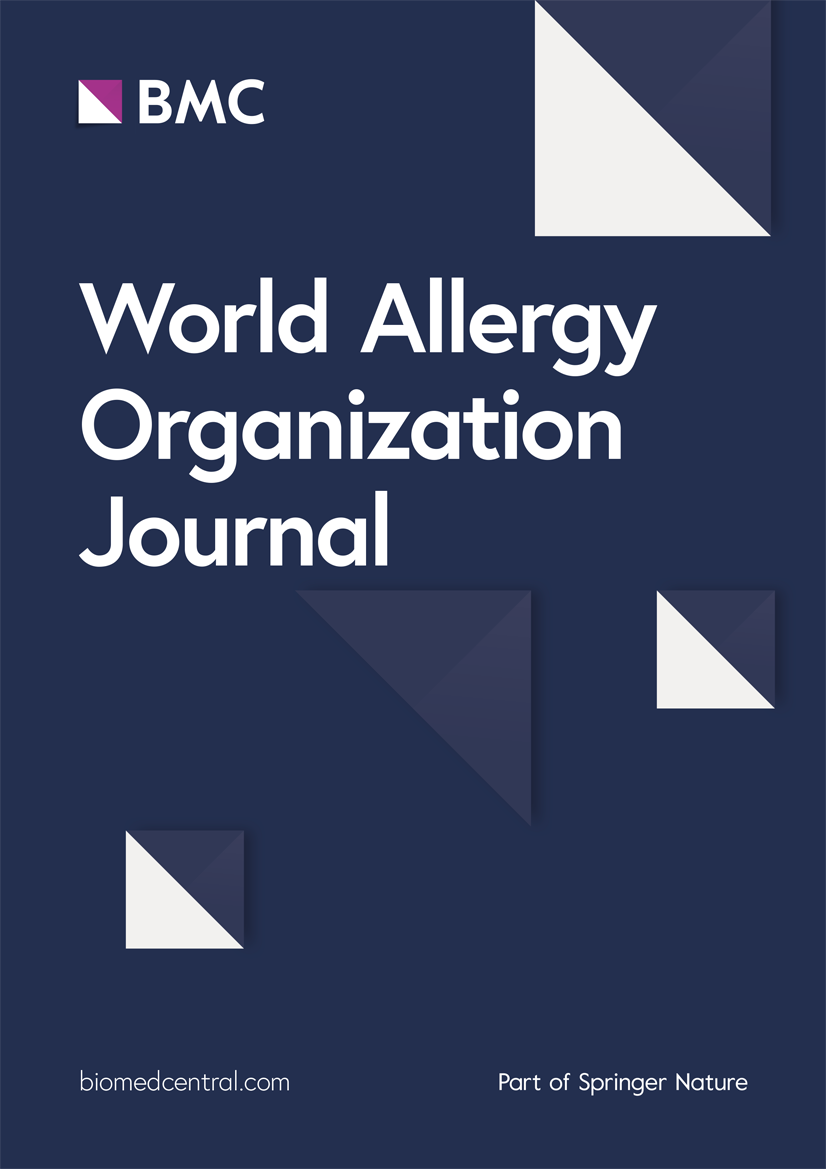Disparities in food allergy amongst British South Asian adult patients in central England
IF 4.3
2区 医学
Q2 ALLERGY
引用次数: 0
Abstract
Background
Published evidence suggests an increased burden of food allergy (FA) amongst ethnic minority groups resident the United States of America and Australia, with limited data from the United Kingdom. The West Midlands Regional Allergy Service serves British Caucasian White and Ethnic Minority Groups with a large proportion being British South Asian, making it important to explore ethnicity—based differences in clinical outcomes for FA.
Aims
To compare clinical outcomes of FA and other atopic diseases between Caucasian White and South Asian patients attending the regional allergy service in West Midlands.
Methods
This prospective cross-sectional, observational study (N = 29 White and N = 21 South Asian) used a structured questionnaire with dichotomous, multiple-choice, and scaled questions to gather data on age, ethnicity, FA (including allergens, allergic reactions, adrenaline auto-injector use, and emergency department visits), and other atopic conditions.
Main results
1.) South Asians had significantly (p = 0.006) more frequent FA reactions. 2.) Poorly controlled eczema and asthma were significantly (eczema p = 0.015, asthma p = 0.022) more common amongst South Asians. 3.) The burden of asthma, eczema, and allergic rhinitis was similar between groups. 4.) Significantly more White patients (p = 0.027) with asthma were on higher treatment steps.
Conclusion
British South Asian patients with FA attending the West Midlands regional allergy service had more frequent allergic reactions and poorly controlled asthma and eczema compared to British Caucasian White patients. This highlights the need for improved education and compliance. Larger multi-centre studies are needed to gain further insight into ethnicity-based disparities in FA.
英格兰中部英国南亚成年患者食物过敏的差异
已发表的证据表明,居住在美利坚合众国和澳大利亚的少数民族群体的食物过敏(FA)负担增加,而来自英国的数据有限。西米德兰兹地区过敏服务中心服务于英国白种人、白人和少数民族群体,其中很大一部分是英国南亚人,因此探索基于种族的FA临床结果差异非常重要。目的比较在西米德兰兹郡参加区域过敏服务的高加索白人和南亚患者的FA和其他特应性疾病的临床结果。方法本前瞻性横断面观察性研究(N = 29名白人和N = 21名南亚人)采用结构化问卷,采用二分法、多项选择和量表问题收集年龄、种族、FA(包括过敏原、过敏反应、肾上腺素自动注射器使用和急诊就诊)和其他特应性疾病的数据。主要其中回答。)南亚人的FA反应明显(p = 0.006)更频繁。2)。控制不良的湿疹和哮喘(湿疹p = 0.015,哮喘p = 0.022)在南亚人群中更为常见。哮喘、湿疹和变应性鼻炎的负担在两组之间相似。4)。白人哮喘患者在更高的治疗步骤中显著增加(p = 0.027)。结论在西米德兰地区过敏服务中心就诊的英属南亚裔FA患者的过敏反应发生率高于英国白种人患者,哮喘和湿疹控制较差。这突出了改进教育和遵守的必要性。需要更大规模的多中心研究来进一步了解FA中基于种族的差异。
本文章由计算机程序翻译,如有差异,请以英文原文为准。
求助全文
约1分钟内获得全文
求助全文
来源期刊

World Allergy Organization Journal
Immunology and Microbiology-Immunology
CiteScore
9.10
自引率
5.90%
发文量
91
审稿时长
9 weeks
期刊介绍:
The official pubication of the World Allergy Organization, the World Allergy Organization Journal (WAOjournal) publishes original mechanistic, translational, and clinical research on the topics of allergy, asthma, anaphylaxis, and clincial immunology, as well as reviews, guidelines, and position papers that contribute to the improvement of patient care. WAOjournal publishes research on the growth of allergy prevalence within the scope of single countries, country comparisons, and practical global issues and regulations, or threats to the allergy specialty. The Journal invites the submissions of all authors interested in publishing on current global problems in allergy, asthma, anaphylaxis, and immunology. Of particular interest are the immunological consequences of climate change and the subsequent systematic transformations in food habits and their consequences for the allergy/immunology discipline.
 求助内容:
求助内容: 应助结果提醒方式:
应助结果提醒方式:


